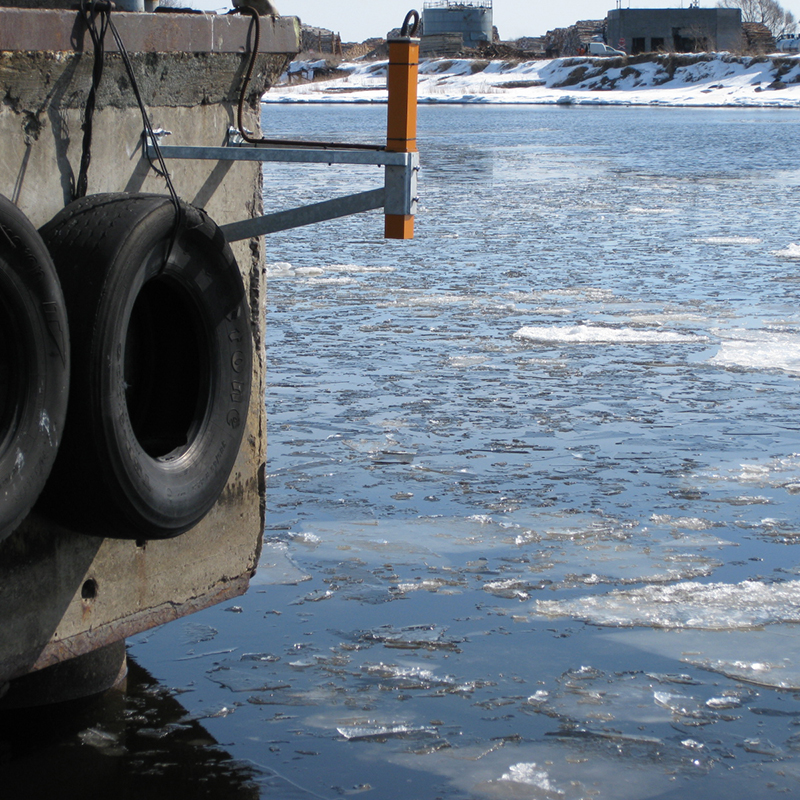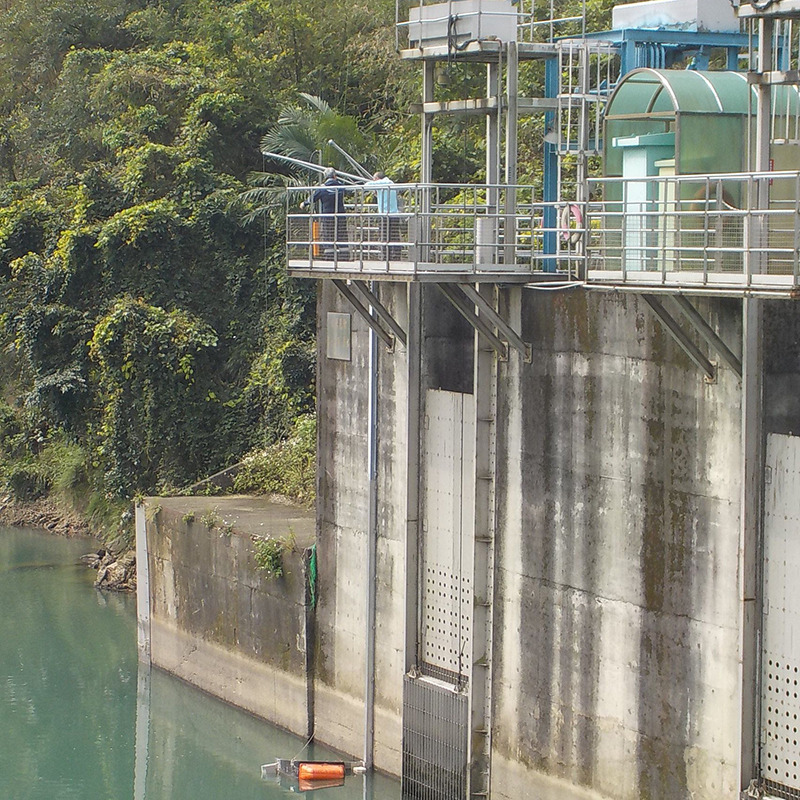ROW vs Traditional Oil Sensors: A Comparison of Efficiency and Precision

When it comes to protecting water resources, early and accurate oil spill detection is critical. Traditional oil sensors have long played a role in environmental monitoring, but new technologies like LDI’s ROW (Remote Optical Watcher) are redefining the standards for efficiency, precision, and reliability.
In this article, we compare ROW vs traditional oil detection systems, highlighting how advanced non-contact UV fluorescence technology offers clear advantages across industries such as ports and shipping, oil refineries, and water treatment facilities.

Traditional Oil Detection: Reactive and Limited
Conventional oil spill detection methods typically rely on:
-
Manual inspections and visual checks, which are labor-intensive and can miss small spills, especially at night or in poor weather.
-
Mechanical sensors (e.g., floaters or probes) that require direct contact with water and frequent maintenance.
-
Periodic monitoring using satellite or aerial surveillance, which provides valuable large-scale data but lacks real-time, localized detection.
These methods are often reactive rather than proactive. Small leaks can go unnoticed for long periods, leading to increased cleanup costs, regulatory risks, and environmental impact.
ROW Technology: Real-Time, Non-Contact Detection
The ROW Oil Spill Detector uses UV-induced fluorescence to detect oil films as thin as 1 µm from distances up to 10 m (and up to 25 m in the long-range version). Unlike traditional sensors, ROW is mounted above the water and requires no direct contact, minimizing maintenance and increasing operational uptime.
Key Advantages of ROW:
-
Instant Alerts – Real-time notifications via SCADA, telemetry, SMS, or email.
-
Non-Contact Operation – No moving parts or immersion, reducing wear and maintenance.
-
Continuous Monitoring – 24/7 autonomous operation, even in harsh weather (IP68-rated).
-
High Sensitivity – Detects ultra-thin oil films invisible to the human eye.
-
Advanced Algorithms – Minimize false alarms and ensure accurate hydrocarbon detection.

Efficiency in Real-World Applications
ROW technology is already deployed globally in critical environments, where traditional sensors often fall short:
-
Desalination plants: Early detection prevents membrane fouling and production shutdowns.
-
Airports: Real-time monitoring of fuel storage areas and runoff systems protects municipal water networks.
-
Ports and terminals: Continuous surveillance identifies leaks at berths and stormwater outlets before they spread.
-
Refineries: Instant alerts reduce response time and protect against regulatory penalties.
These applications show how ROW provides both precision and operational efficiency, enabling industries to move from reactive to proactive environmental protection.
Complementing, Not Replacing, Other Technologies
While ROW excels at localized, real-time detection, it complements rather than replaces broader monitoring methods such as satellite imagery or aerial surveillance. Together, these technologies create a comprehensive, multi-layered monitoring strategy—satellite for wide coverage, ROW for on-the-ground precision.
When comparing ROW to traditional oil detection systems, the differences are clear. Traditional sensors can be useful in specific contexts, but they often lack the real-time precision and efficiency needed for modern environmental monitoring.
ROW offers a cost-effective, maintenance-free, and highly sensitive solution that fits seamlessly into existing infrastructure, from SCADA networks to remote telemetry systems.
Learn more about the ROW Oil Spill Detector and explore real-world case studies demonstrating its impact across industries.
Search
Recent Posts
- NORDTEST SRL Showcasing ROW at Ecomondo 2025
- Why Real-Time Monitoring Is Critical for Coastal Infrastructure Protection
- ROW vs Traditional Oil Sensors: A Comparison of Efficiency and Precision
- Meeting ESG Goals with Advanced Oil Detection Technologies
- How to Choose the Right Oil Detection System for Your Industry